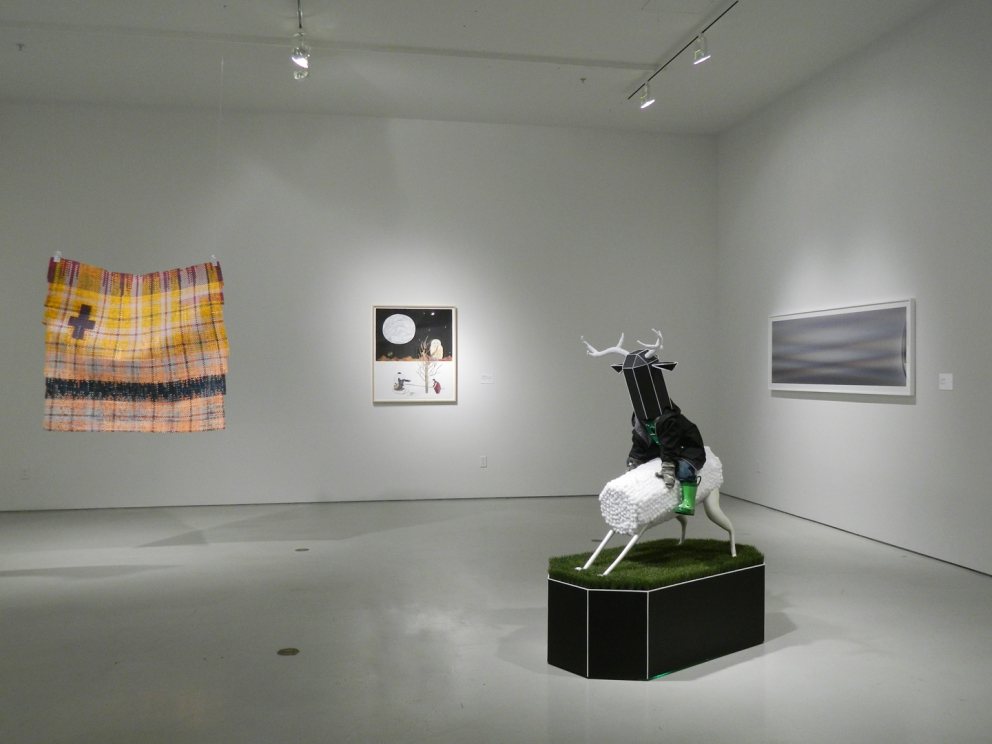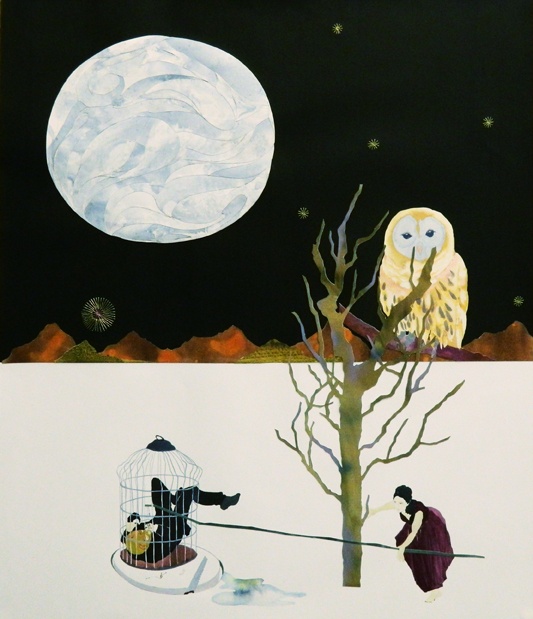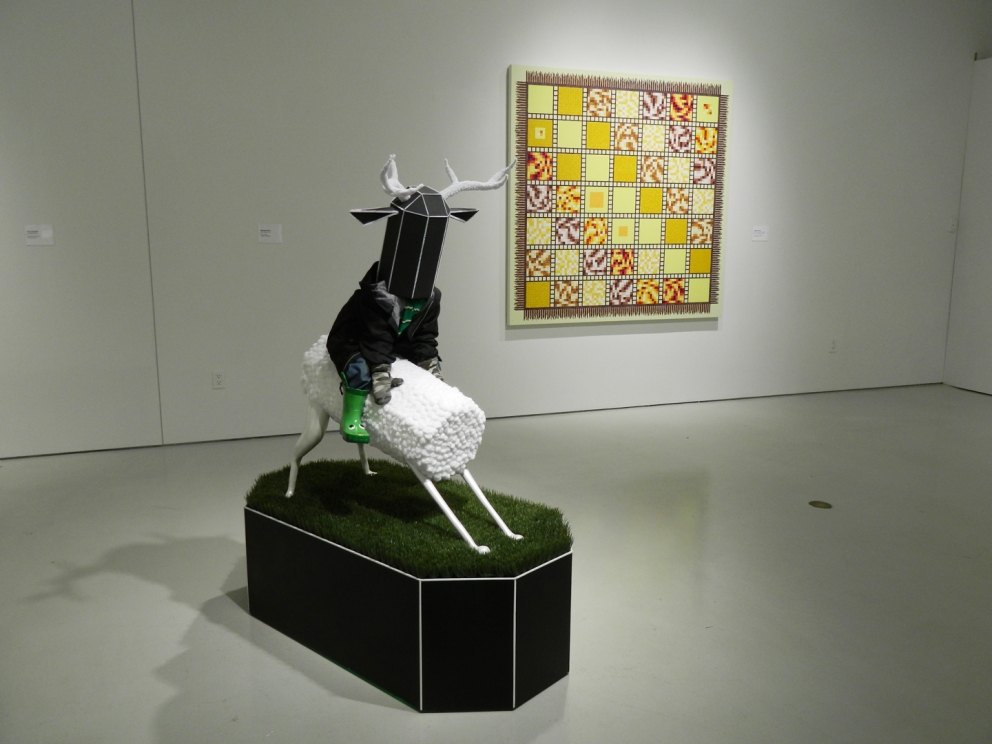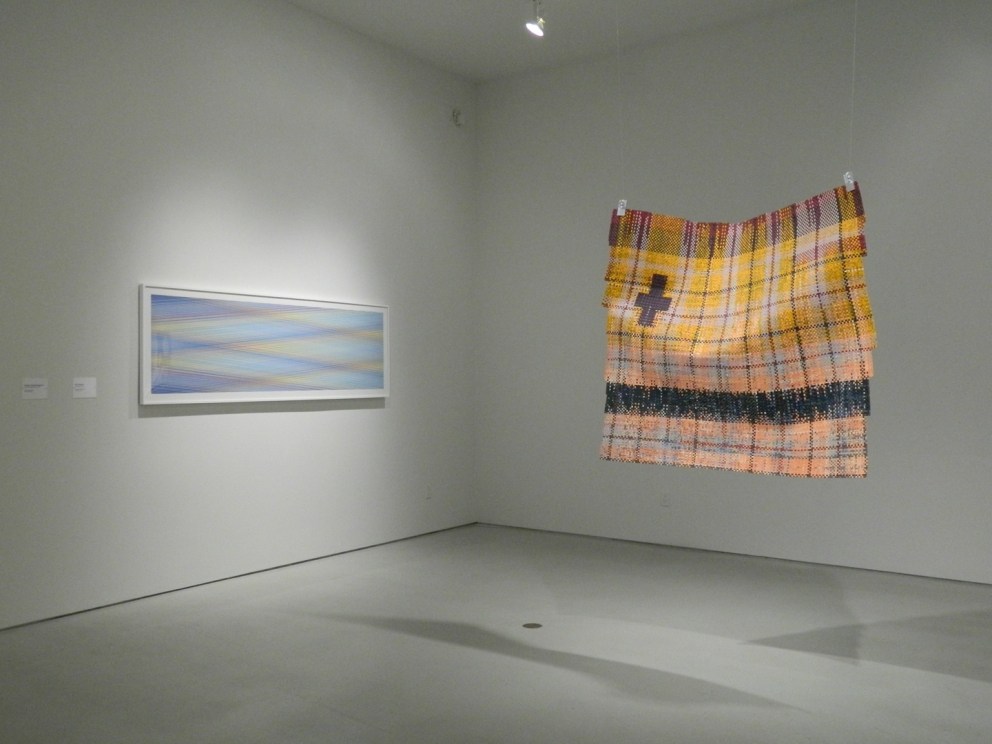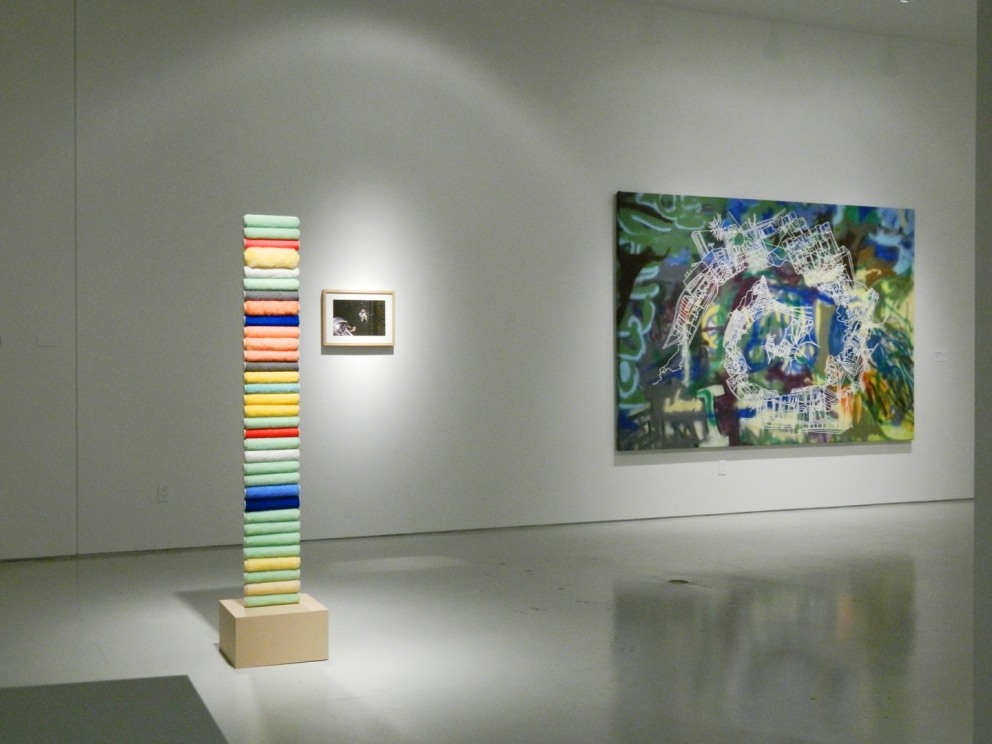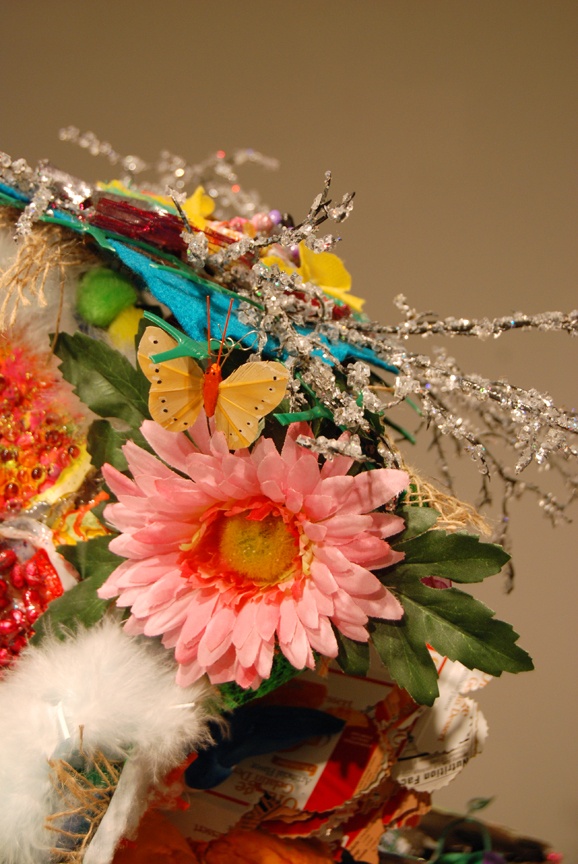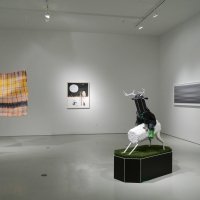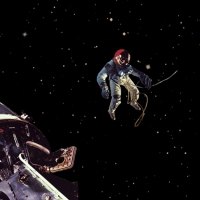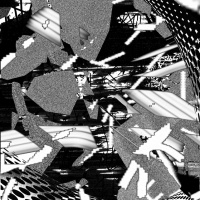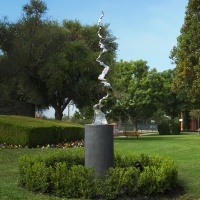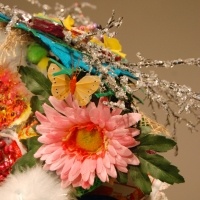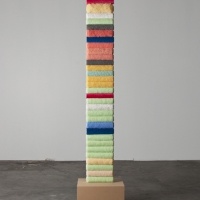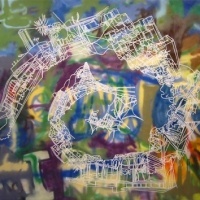The University of La Verne Harris Gallery is proud to present CAMPUS selections from the La Verne art collection. This exhibition will feature works by Kris Chatterson, Martin Durazo, Seth Kaufman, Ruby Osorio, Kelly Sears, Kim Schoenstadt, Lorenzo Hurtado Segovia, Macha Suzuki, Robin Szidak, Melissa Thorne, Phillip K. Smith, III, Jennifer Vanderpool, Eric Zammitt and Almond Zigmund
Whether prominently displayed, demanding our attention or hanging quietly in a hallway, filtering into our periphery, art at La Verne enriches our everyday environment with cultural diversity and visual splendor. CAMPUS is an exciting opportunity to discover recent art acquisitions and to reexamine familiar collection highlights. Primarily concentrated in the Harris Gallery, this exhibition includes site-specific pieces located at the Tall Wall Space and amid our university’s landscape. Ranging from figuration to abstraction and from intimate detail to monumental scale, CAMPUS features a rich cross-section of artists.
Pattern and design are prevalent in the works of Robin Szidak, Melissa Thorne and Almond Zigmund. With a smart hardware store sensibility, Szidak constructs vertical paint roller sculptures that simultaneously reference the composition of a stripe painting and the up/down gesture of the paint roller’s mark. The colorful grid compositions in Thorne’s oil paintings, which are precise copies of ornate handmade quilts, take on the presence of grand architectural facades. Drawing inspiration from interior architecture, Zigmund, whose work occupies the Tall Wall Space in the Art and Communications building, uses saturated planes of color, rows of light bulbs and overlapping vanishing points to activate her site-specific installation.
Kim Schoenstadt and Lorenzo Hurtado Segovia focus on how the art-making process translates into meaning. Schoenstadt corresponded with La Verne faculty and staff to collect input for a collaborative project. Using spray paint, marker and grease pencil she has incorporated an abundance of voices and views into a single multi-layered, large-scale canvas. Segovia carefully cuts long slender strips out of painted sheets of paper and then weaves them into a double-sided composition — the resulting art object, a hybrid of painting, collage and sculpture, is a documentation of its own making.
Dynamic spatial sensations occur in the abstract two-dimensional works of Kris Chatterson, Martin Durazo and Eric Zammitt. Employing scanned brushstrokes, cut and paste image samples and iPhone doodles, Chatterson’s print work uses both high-tech and low-fi sensibilities to create delightfully turbulent atmospheres. In a charged silvery and CMYK palette, bold smears of acrylic paint amplify Durazo’s canvases with a high-speed immediacy. The tension and excitement of the foreground energy transitions into an airy openness and then dissolves into distant background static. Working digitally, Zammitt builds elegant waveforms with thin bands of transitioning colors. Flowing from warm to cool, the spaces of his large-scale print work seem to hover magically like a mathematical aurora borealis.
Ruby Osorio, Kelly Sears, and Macha Suzuki explore personal narratives and construct fantastic fictions. In a scene that portrays a dreamlike scenario, Osorio’s collage drawing becomes a stage for a personalized folklore; on a moonlit night and under the careful watch of a giant owl, a mischievous barefoot woman leads a costumed male figure into a birdcage trap. The video work of Kelly Sears employs animated collages of found imagery to present tall tales and unknown histories. Suzuki, a masterful craftsman and storyteller, draws upon his personal history as a catalyst for allegorical sculptures; in his world, human figures and animals coexist in impossible situations.
Nature and expressive design synthesize in three-dimensional works by Seth Kaufman, Phillip K. Smith, III and Jennifer Vanderpool. With an enthusiastic curiosity and a quirky sense of humor, Kaufman creates exaggerated organic forms with industrial materials; in his hands shards of paint chips become flora, crusty deformed urethane becomes coral and smooth stainless steel becomes tree bark. Smith’s grand outdoor sculpture simultaneously evokes the geometry of a nautilus shell and the mathematical curvature of a wave pattern; with a smooth fiberglass finish and a vivid paint job, his architectural beacon ascends gracefully stretching toward the sky. Employing a wildly colorful palette and a range of craft store and candy-like materials, Vanderpool’s obsessive assemblages of floating floral gardens are luscious patches of imaginary terrain.

